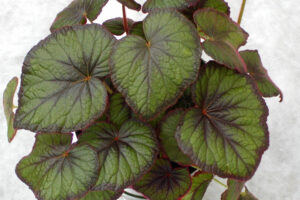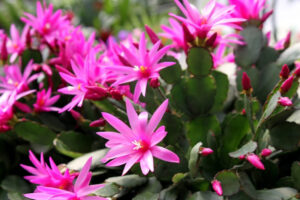Backyard winter feeding of birds.
Winter Birding in your backyard can be delightful, enjoyable, and rewarding. Feeding the birds is beneficial for both the birds and the people observing them, especially for children learning about bird species. Winter can be a challenging time for birds to find food, especially natural food.
Let’s explore why feeding wild birds during winter is a popular and positive activity.
In the winter, natural food sources for the birds, such as insects, seeds, and berries, can be scarce due to the cold temperatures, snow cover, and frozen ground.
The number of different bird species in our area have varying dietary preferences. Providing supplemental food helps birds meet their nutritional needs when natural resources are limited.
Offering a mix of seeds, suet, and nuts will attract the largest diversity of birds.
- Common birdseed varieties include sunflower seeds, nyjer seeds( thistle), millet, and safflower seeds. These types of seed will attract Northern Cardinals, Carolina Chickadees, American Goldfinches, House Finches, and Titmice to name a few.
- Suet is a high-energy food that is particularly beneficial for the birds in the cold weather. Hanging a suet feeder attracts woodpeckers, nuthatches, chickadees, and other insect-eating birds.
Feeder position and location are important for the best results.
Place the feeders in a central location easily visible from your home. This allows you to enjoy watching the birds without disturbing them. Install the feeders at a safe distance from windows to prevent bird collisions. Birds may not recognize transparent glass and can fly into windows if the feeders are too close.
Different types of feeders include hoppers, tube feeders, platform feeders, and suet feeders. Ensure the feeders are securely mounted or hung to prevent them from swinging excessively in the wind. This can reduce spillage and make it more challenging for squirrels or larger birds to access the food. Hang or mount feeders at different heights to accommodate various bird species. Ground feeders, elevated feeders, and hanging feeders can attract a diverse range of birds.
Those pesky squirrels!
Some people find it challenging to deter squirrels and prevent them from accessing the feed meant for birds. Squirrel-proof feeders are designed with mechanisms that make it difficult for squirrels to access the seed. This can include weight-activated perches that close access to the seed ports when a heavy animal, like a squirrel, lands on them.
Various accessories are available to enhance the functionality and attractiveness of bird feeders and address specific challenges like squirrel interference. Squirrels are notorious for raiding bird feeders, consuming the bird seed, and potentially damaging feeders. Here are some common accessories for bird feeders.
- The most popular accessories are the baffles, dome-shaped devices designed to prevent squirrels from reaching the feeder. They can be mounted above or below the feeder to deter squirrels from climbing onto it.
- Sturdy poles and hooks allow you to hang feeders at different heights and distances from your house. Some poles have built-in baffles to deter squirrels.
Housekeeping required.
Cleaning and maintaining feeders regularly helps prevent the spread of diseases. Use a mild bleach and water solution to clean them, and ensure they are completely dry before refilling them.
Same time. Same place.
Be consistent. Birds become accustomed to feeding stations, so maintain a consistent schedule. Regularly refill feeders, especially during extreme cold or snow periods, to ensure a reliable food source.
Drinks on the house.
Providing fresh water is essential for a bird’s heartiness when natural water sources are frozen. Use a bird bath heater or regularly replace the water to ensure the birds can drink water.
Remember, providing consistent and reliable food sources and creating a bird-friendly environment will increase the likelihood of attracting a diverse array of birds to your backyard during the winter months.





